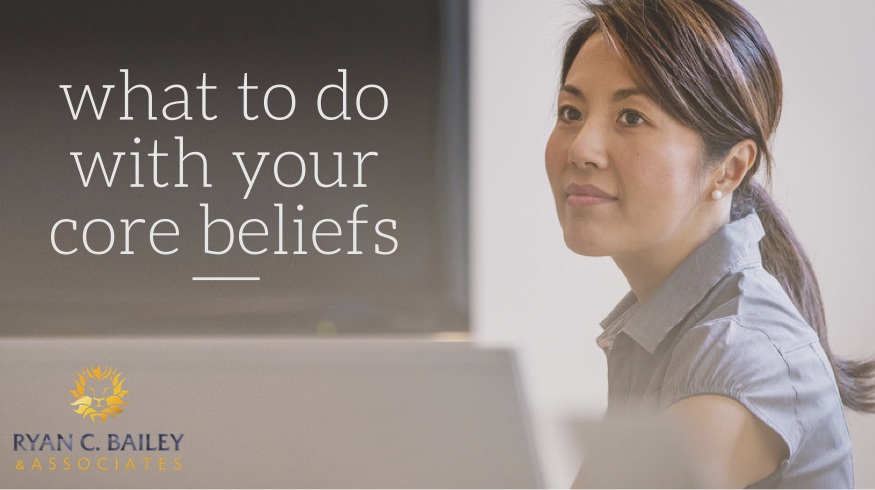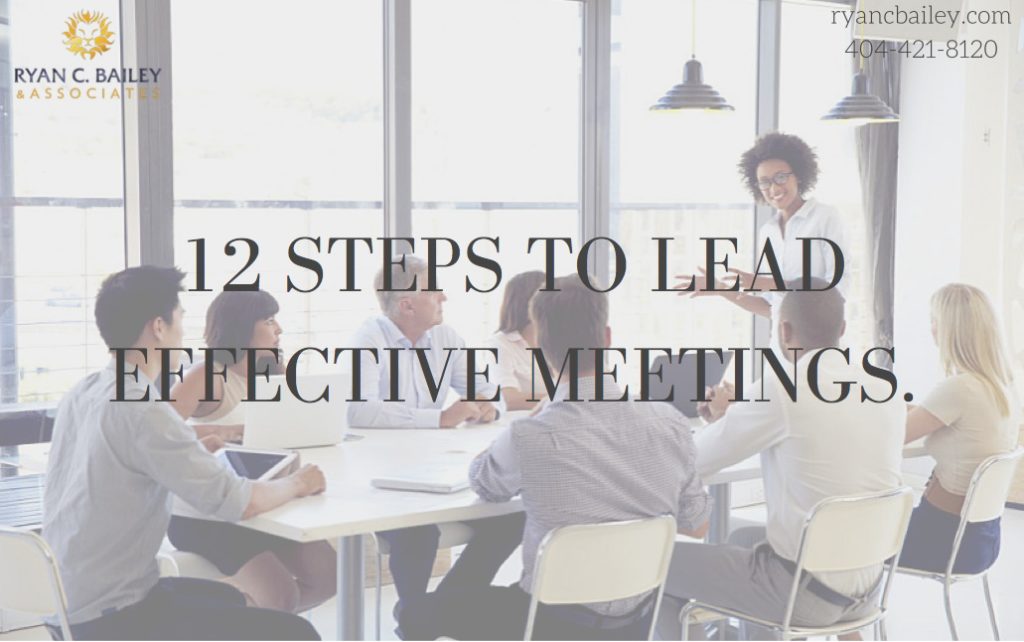 Back in 2008, I had a client who was a star performer at his large company. (As with all my posts, I have his permission to use his story.)
When you hear his story, you think his parents should have named him Midas, because everything he touched turned to gold.
Back in 2008, I had a client who was a star performer at his large company. (As with all my posts, I have his permission to use his story.)
When you hear his story, you think his parents should have named him Midas, because everything he touched turned to gold.
He went to all the right schools and earned full scholarships. He landed in all the right jobs and climbed quickly.
He had huge accomplishments for someone his age.
He was not only very smart, but he really knew how to relate well to others.
It seemed like he had the complete package.
When I asked him about his failures or his setbacks, he thought for awhile and then mentioned things that seemed so harmless and inconsequential that I wanted to say, “That’s it?” I thought to myself, “Wow, I did not know people like you existed.”
If you noticed in the opening line what year this was, you could probably guess that in 2008 he got a taste of serious failure. When the recession hit, his company was devastated. They laid off many, many people.
He was assured that he was not going to be cut. But as the recession lengthened, that is exactly what happened. He was released from employment.
After coming out of his boss’ office the day he got that news, he was stunned. But he was absolutely shocked at those who got to keep their jobs. He could not understand why he was let go and they were not.
For the first time in his life, he did not make the cut.
When he came to my office he was noticeably numb. It seemed he was trying to harden his heart so he would not feel the pain that he was in.
It was obvious that he needed to process what he was feeling, but he was unwilling.
His numbness went to rage, then to depression, then back to numbness, and then his emotions just bounced around.
As much as I tried to encourage him to describe what he felt, all that came out of his mouth were facts.
I stopped trying to encourage him to describe his feelings, and focused on empathy instead.
He talked for another 10mins and then said he needed to go.
He never returned.
That was the start of a long, bitter, downward spiral for him. Even though he landed on his feet before the severance package ran out, I learned a few years later that he had never fully recovered from that setback. He remained angry and bitter.
Recently, he gave me a call and wanted to start up again.
Now he is actively fighting to heal and continue his growth.
He sees how much was stolen in the last eight years and doesn’t want to lose any more.
It is true the vast majority of us don’t have a story like this. However, we have been impacted by career setbacks. There may be one setback in particular that stands out.
Have you fully recovered from it?
If you don't know, then ask yourself:
- What were you like before the setback happened?
- What has changed for the worse?
- Are you still playing it inappropriately cautious?
- How has your life been impacted?
If you are not stronger and better, then you probably have not fully recovered from the setback.
Here are 5 steps that may help:
- Describe the Pain You Feel Without Using Facts
Recognize the shock, denial, hurt, betrayal, grief, depression, anxiety, and whatever other emotions you feel from the setback, and fully embrace them. You were meant to feel what you feel.
In order to process your emotions, stop Judging yourself, Accusing yourself, or Calling out facts (J.A.C.- yes, you can laugh now), and just M.O.P. -- that is, describe your emotions using Metaphors, Other emotions, and Physical sensations.
The more you describe what you feel (not think), the more you will sense yourself going through the emotions and emerging stronger on the other side.
I like to MOP via journaling so I can catch when I start to JAC. Others like to MOP with others. So for example, during one coaching meeting an executive’s MOP was:
“I feel angry like a bull seeing red in an arena. I feel frustrated, annoyed, enraged, anxious, really hurt and completely betrayed. I feel like a dad who lovingly cared for and raised his son, only to have the son spit in his face and run away when he most needed him. My heart is pumping fast. My breathing is heavy. My blood feels warm. I can hear my heart pounding in my ear. I am fighting back tears.”
His MOP continued from there for a bit, and then he got calm and wanted to make a plan to move forward.
When you describe your emotions this way, don’t be surprised if they intensify before you get to a calm place.
By the way, can you guess what happened that led that executive to feel all of that?
I will share why he felt all of this at the bottom of this post. Don’t peak!
- Stop the Self-Flagellation
I can beat the crap out of myself when I have a setback. Man, I am hard on myself. But I have learned from personal experience that beating myself up only brings me more problems. Instead, I need to do step one above, and then move directly to step 3.
If you don't want to bypass the self-flagellation, or are not ready to let go of it, save the rest of this blog for when you are.
I've found that when I'm in a place where I don't want to grow or heal, it does no good for someone to give me helpful tips or advice because I will never believe it will work. My desire to shame myself is too strong.
If you find yourself there, then MOP what it's like to not want to grow or heal, until you find yourself wanting to heal and grow.
If you need to own your setback to your boss, then read a previous blog post for tips on how to handle that conversation.
I’ve seen the power of complete ownership, with no marketing, at work in my life and in the lives of others. Whoever you need to own things to, do it.
One of the side benefits of such ownership is that you will start to gain control over the setback instead of letting it control you.
- Flip Tool- How Could It Have Been Worse?
Now take the setback and really exaggerate it out. How could the setback have been worse? Really get into this. Give it details. Don’t be ridiculous with the step, but really look for ways that it actually could have been worse.
Don’t just describe the facts of how it could have been worse, but describe what you would feel if those facts had happened.
Once you have it clear in your head how it could have been worse, and you have described your emotions so well that you are actually feeling them in the present, then go to step 5.
- What Good Might Have Come If The Absolute Worst Had Happened
Now with the more horrible version of the setback in mind, create an exhaustive list of what possible good could have come if the absolute worst had happened.
At first you may not be able to come up with much, but stick to this step and don’t bypass it.
You want to stretch yourself here.
Some questions that might help you get unstuck, and put more potential good on your list, include:
- How could people be supportive?
- What opportunities could arise through it?
- How would I be better, having fully dealt with everything I experienced?
- What could I learn through going through this process?
- How would I be better if I learned it?
- How would my character grow?
- How would I be able to help others because of this?
- What good would the newfound humility do for me? My team? My leadership?
You want such a long list that you can't help but feel hope, that despite the worst thing happening, you could be so much better.
Next week, we'll explore 5 more ways to recover from major setbacks. This week, I encourage you to take time to sit and reflect on the major career setbacks in your life. Write out the details, how you felt, how it impacted you, and how your life has looked as a result of it. We'll continue this conversation next week.
Ryan C. Bailey is an Executive Coach who helps business leaders develop in-demand high performing teams.
 Last week, we began the discussion on how to recover from major career setbacks. In some capacity, we each have been impacted by these setbacks. But we often stay stuck in bitterness, shame or disappointment without fully recovering from it. We explored 5 ways to recover from setbacks last week, and today we are going to continue the conversation with 5 more:
6. What Good Can Come From How It Actually Played Out.
Last week, we began the discussion on how to recover from major career setbacks. In some capacity, we each have been impacted by these setbacks. But we often stay stuck in bitterness, shame or disappointment without fully recovering from it. We explored 5 ways to recover from setbacks last week, and today we are going to continue the conversation with 5 more:
6. What Good Can Come From How It Actually Played Out.








